J-STORIES – As the Five Fuji Lakes region’s crowning glory Mount Fuji celebrates its 10th year as a UNESCO World Heritage site, there’s a movement in Japan to try to bring more order, talent, and a global touch to the nature-rich region, hoping to make it Japan’s new gateway to the world.
Calling it a “green metropolis,” the movement aims to combine national park settings with urban convenience. And supporters - including a recently re-elected local governor - believe the region’s location, natural beauty, heritage status, and government protection make it the ideal spot to build one.
The plan is to enhance the region’s value as a tourist destination by solving existing environmental and logistic problems while transforming the region into a global incubation hub for artists, start-ups and professionals in education, research, and green technology.
Travelers and professionals alike will be connected by a network of next-generation mobility systems, such as hydrogen vehicles and passenger drones. Current and next-gen technologies will form the infrastructure backbone.
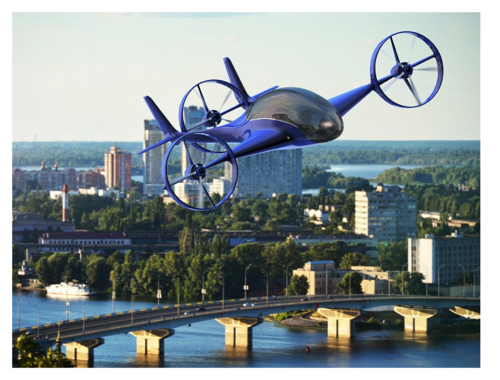
From local to global
This project is conceptualized by the Fuji Five Lakes Green Metropolis Forum, launched in December last year. The forum is spearheaded by the governor of Yamanashi Prefecture, where the lake region is located. There are plans to involve more participants from different sectors like government, industry, education and research, and labor unions.
The forum and its supporters aim to make Fuji Five Lakes an “advanced and globally unique region” to attract human resources and investments from Japan and all over the world, like the international conference in Davos, Switzerland.
A high-speed maglev train, already under construction and scheduled to start running as early as 2027, will connect central Tokyo to a new station near Mount Fuji in just 25 minutes, making the region more accessible from the capital.
A tram along the way
A modern tram system is on the table to address the current issues facing the Mount Fuji area. The tram is expected to cut down the physical presence of cars and buses in the area, and reduce the current levels of carbon emissions by as much as 80 percent by replacing vehicles on the road to the popular Fifth Station, according to the plan’s supporters.
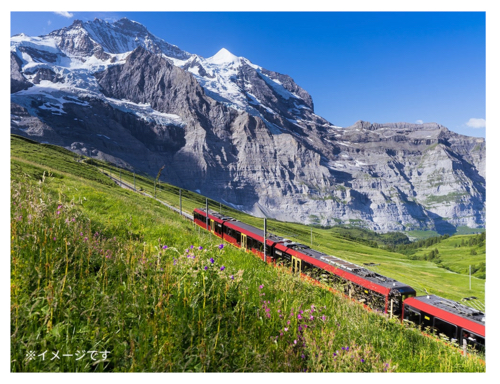
With the tram system in place, the planners also aim to introduce daily climber quotas to preserve the environment and prevent accidents - a system adopted at other world-class mountains such as Mount Everest and Mont Blanc.
According to an NHK report last year, UNESCO’s advisory body supports the tramway concept, calling it a “welcome solution to many issues facing Mt. Fuji."
From vision to reality
The project will take time and investment to become a reality, and not everyone in the region is supportive. But several academic institutions, art organizations and companies have already expressed interest in getting involved, according to the forum.
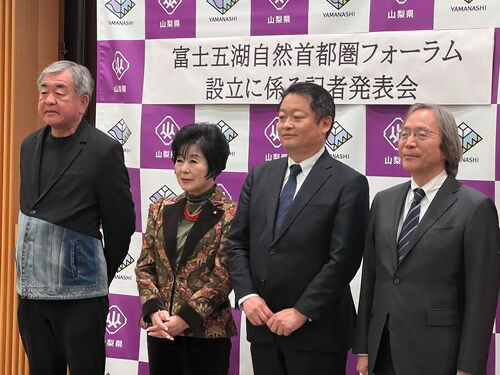
Hiroshi Tasaka, professor emeritus of the Graduate School of Tama University and acting representative, said at the forum’s inaugural press conference: "Cities such as Portland in the U.S. and Amsterdam in Netherlands, for example, have successfully created communities where people can live comfortably and sustainably in harmony with nature while keeping the basic urban functions available.”
“We would like to start trying to make Fuji Five Lakes into that kind of place,” he said.
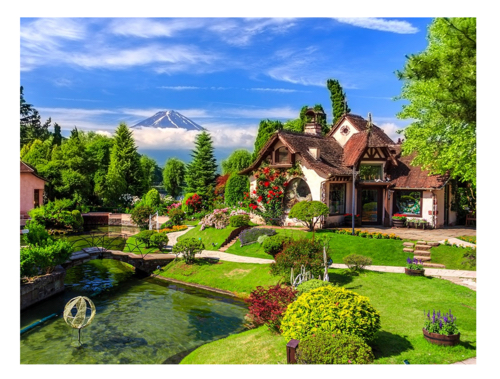
Top page photo by SeanPavone/Envato
For inquiries about this article, please contact jstories@pacficbridge.jp
***
Click here for the Japanese version of the article.
***
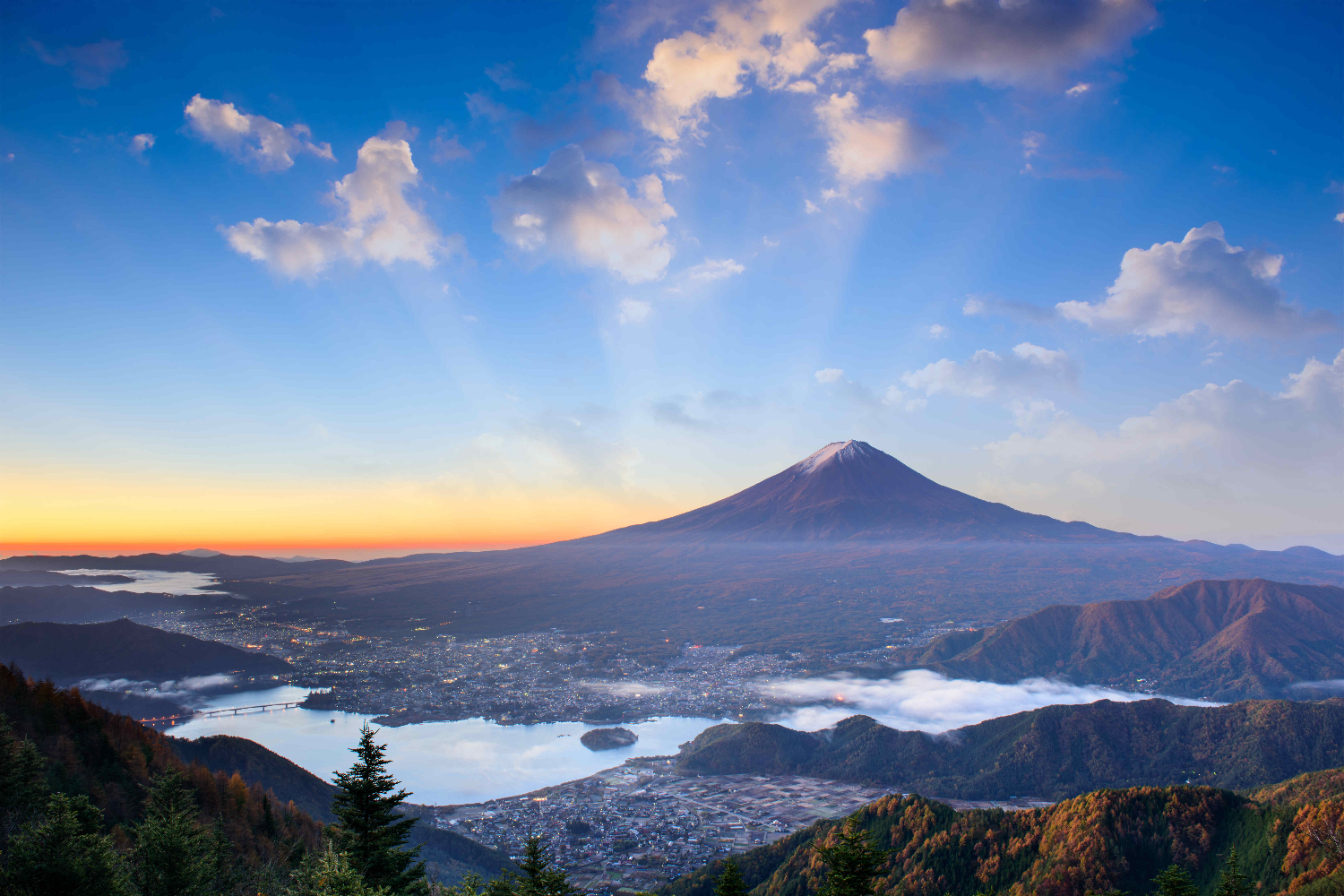


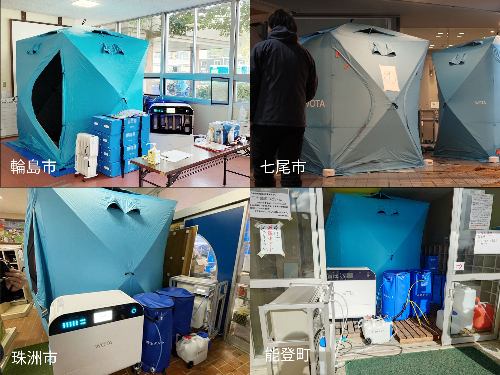
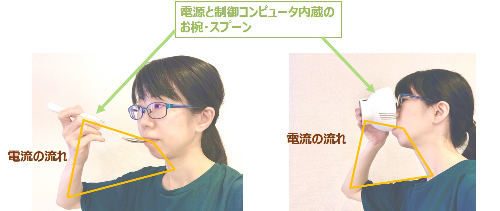
![[Podcast] Japanese technology to supercharge human fertility (Part 3)](https://storage.googleapis.com/jstories-cms.appspot.com/images/1766558713084place-for-scientific-research-2025-03-07-14-08-49-utc%20(1)_bigthumbnail.jpeg)
![[Interview: Part 2] A digital approach to tackle child hunger in Japan with dignity](https://storage.googleapis.com/jstories-cms.appspot.com/images/1766130666509unnamed_bigthumbnail.jpg)
![[Podcast] Japanese technology to supercharge human fertility (Part 2)](https://storage.googleapis.com/jstories-cms.appspot.com/images/1765863548035unnamed-7_bigthumbnail.jpg)
![[Podcast] Japanese technology to supercharge human fertility (Part 1)](https://storage.googleapis.com/jstories-cms.appspot.com/images/1765440905082unnamed_bigthumbnail.jpg)
_bigthumbnail.jpeg)





![[Interview] When digital and physical worlds meet](https://storage.googleapis.com/jstories-cms.appspot.com/images/1747974430456unnamed-2_smallthumbnail.png)
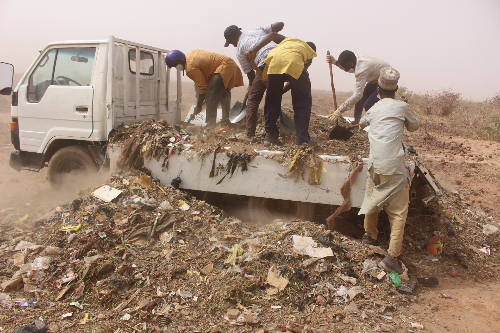



_smallthumbnail.jpeg)

![[Interview: Part 1] From nourishing souls to feeding the hungry](https://storage.googleapis.com/jstories-cms.appspot.com/images/1763695595492unnamed_smallthumbnail.jpg)

